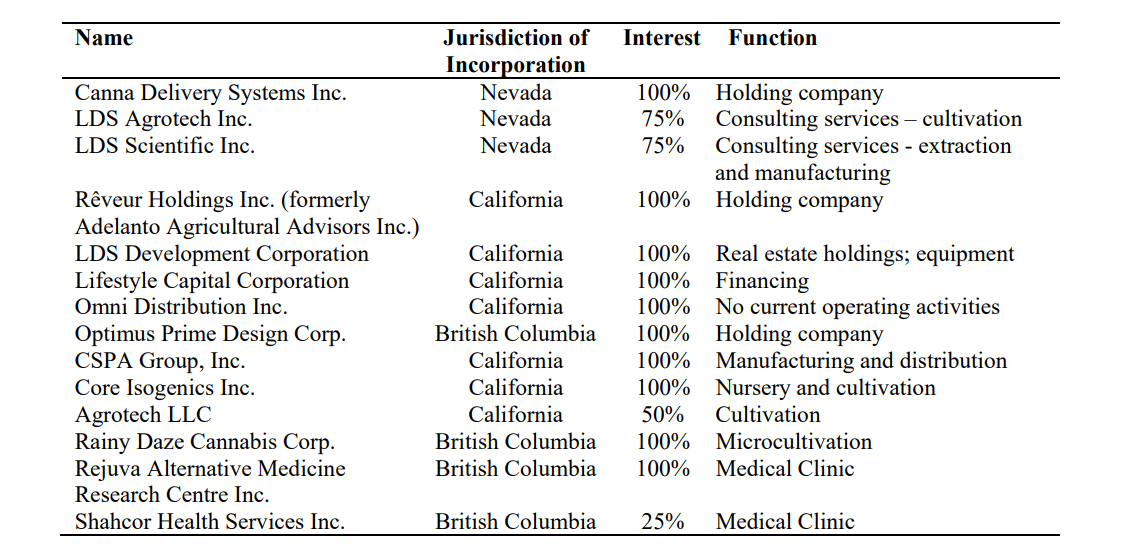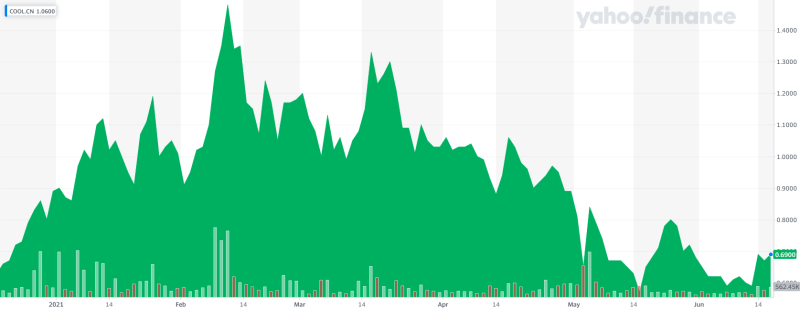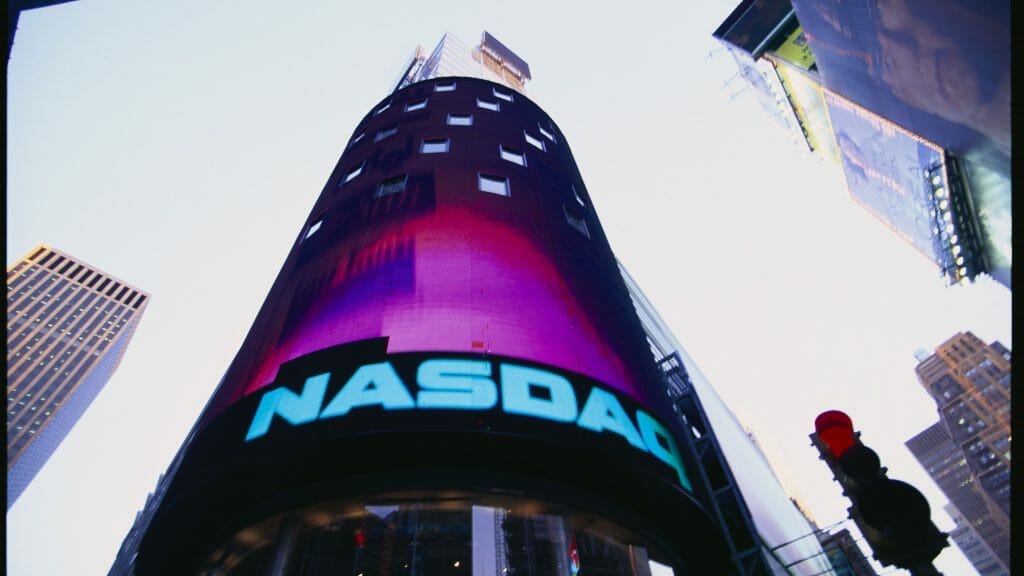Rollbacks
Yesterday Core One Labs (COOL.C) announced an 8:1 share rollback to prepare itself for a Nasdaq listing. Today the company has 114,600,611 common shares outstanding, after the rollback, that number will drop down to 14,325,076. At first glance, a rollback or a reverse split looks like it would affect market cap and/or dilution, but that’s not the case. For example, a company with five million outstanding shares trading at $1/share has a market cap of $5 million. If it decides to affect a 1-2 reverse stock split, that reduces the number of shares to 2.5 million. Its market cap remains the same $5 million-so with 2.5 million shares outstanding, the share price is now $2 ($5 million divided by 2.5 million shares). Nothing changed except a reduction in the number of outstanding shares, which doubled the stock price.

A share rollback is sometimes seen as a desperation move, a last-ditch attempt to save the stock. But, doing it for uplisting purposes is generally accepted. Mining media giant Kitco said in an article, ‘normally if we own shares in a company and a rollback is announced we will choose to immediately sell our position’. But, they go on to say, ‘some of the companies which we follow have or in the process of listing on the NYSE Amex and have rolled back their shares in anticipation of this new listing. In these cases, we understand the reasons for the rollback.’
The Nasdaq has several requirements, including share price. There are some calculations that go into it, but typically you need to be north of $3 USD per share. Some companies get by on lower share prices if they meet other requirements outlined by Nasdaq. But typically it’s as follows:
- Shareholders Equity of at least $2,000,000
- At least 100,000 shares of public float
- A minimum of 300+ shareholders
- Total assets of $4,000,000
- At least two market makers
- $3 minimum bid price of the company stock
- Public float market value of $1,000,000
https://equity.guru/2021/04/21/is-mindmed-mmed-neo-destined-for-the-nasdaq/
No middle market
Getting Nasdaq approval also opens companies to a bevy of institutional investors with deep pockets who wouldn’t touch an OTC stock. There may be some bad PR associated with it, but, business-wise I don’t see a huge downside in this approach. As long as the shareholders understand the long-term outlook of the company, and its communication properly. From reading forums, MindMed (MNMD.Q) investors were extremely bullish on getting a Nasdaq uplisting even if it meant a rollback, there were only a few that raised concerns.
In the cannabis sector, the real growth hack trick was RTOing onto the CSE. It was pretty straightforward, you would get a shell, clean it out, change the name, dot some T’s cross some I’s and you were rolling. The downside was, lack of exposure to the mainstream US market – the companies were only available through the OTC, which a lot of investors avoid due to its Wild West nature. There are significant regulatory advantages to being public in Canada versus the United States, given that Canada federally legalized recreational cannabis in October 2018. As a result, CSE-listed cannabis issuers raised $3.99 billion CAD in 2018, of which US-based cannabis issuers raised $2.65 billion CAD (approximately two-thirds of the total). The US doesn’t really have a middle-market, you are either OTC or on Broadway, there is no CSE-like option. Sure, the OTC has different levels, but it still carries that OTC brand name.
Core One
Core One is a technology company that licenses its technology to a state-of-the-art production and packaging facility located in Southern California Core One operates both in California and British Columbia, Canada. A majority of the assets of the company, as well as daily operations, are located in the City of Adelanto, California. Here is a list of their subsidiaries.

Core One’s nursery and cultivation operations are operated through Core Isogenics whose focus is developing isogenic seed strains and automated cultivation methods in addition to daily cultivation operations and crop management. Developing these proprietary plant genetics and the germination and grow technology allows the company to produce seeds and plants with properties identical to those used in CannaStrips formula, thereby reducing the number of extraction steps that would be required to extract ingredients from conventional plants. The company is in the final process of patenting its proprietary biosynthetic psilocybin production system.
Core One’s current operations started generating revenue in Q3 of 2018, and the operations are still in their growth stage, according to the company. Their revenue numbers are growing year over year. During the three-month period ended September 30, 2020, the company generated $997,198 CAD in revenue, up from $605,427 CAD in 2019, which was associated with revenue from sales generated by CSPA and Agrotech.

The company is in the final process of patenting its proprietary biosynthetic psilocybin production system and also recently started working to patent a psychedelic drug formulation AKO002 for the treatment of Alzheimer’s. AKO002, is comprised of the psychedelic compound psilocybin and a plant bioactive, which when combined together are believed to be complementary and/or synergistic in the treatment of Alzheimer’s. It was originally Akome Biotech’s recipe, but Core One acquired them last month for 3.5 million shares. Akome has 4 provisional matter of composition patents filed for multiple plant bioactive-psychedelic drug formulations, all of which target different disorders: two DMT-based, for Parkinson’s Disease, and Ischemic Stroke, respectively; one psilocybin-based, for addressing Alzheimer’s Disease; and one ketamine-based, for addressing depression.
Core One is involved in some interesting verticals, but nothing we haven’t necessarily seen before. A Nasdaq listing would be a huge leg up on their peers in terms of raising capital, attention, and credibility. Core One has the chance to jump the line a bit here without having to invent anything. This could be a big win for the company. If they can attract some really deep-pocketed investors this thing could run. The application process can be lengthy. Field Trip (FTRP.T) sent their application earlier this month which would make them only the third psychedelics company listed on the Nasdaq behind Compass Pathways (CMPS.Q) and MindMed. It’s funny, share rollbacks to get onto the Nasdaq weren’t really a thing in the cannabis space, and in retrospect, I’m not really sure why, literally every other trick in the book was used. So is this is a way to the upper echelon? Will this move be copied by other mid-level psychedelics companies? MindMed’s stock has sure boomed since uplisting, let’s see what happens with Core One.







